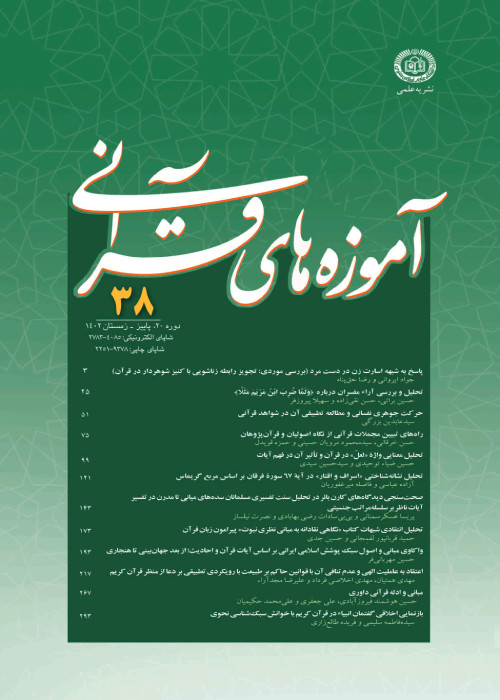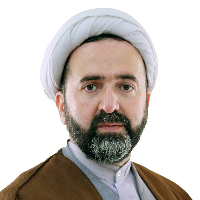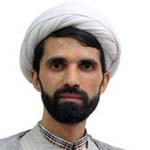Principles and Characteristics of Monotheistic and Non-Monotheistic Currents in the Holy Quran
Man uses a lot of power to meet his material and spiritual needs and uses different affairs and various social currents. But many of his efforts are in vain and sometimes unsuccessful. Whether the style and social current that has been chosen is based on unhealthy principles and foundations. This article, which is organized by library method and descriptive-analytical method, seeks to explain the characteristics of monotheistic social current by referring to the Qur'an and content analysis method. A current that recognizes the real, material (corporeal) and spiritual needs of human beings and responds correctly; so that humanity can achieve the perfection of its world and the hereafter in a healthy society. This current responds to human needs under the management of reason and religion; so that human beings can reach the path of divine (pleasure of Allah) pleasure and be free from anxiety and worry and do not suffer from material (corporeal) deficiencies. The necessity of this argument arises when, always in the face of the monotheistic current, the current of Tāġūt (a false god, deity) also claims to meet human needs and has forced many to follow it by material plans. It seeks to meet needs in the direction of power-seeking and hedonism, and also responds to human spiritual vacuums in a material way. Hence, human always faces many failures and keeps man away from pure human nature. This work, with reference to the material and spiritual needs of human beings, explains the principles of the two currents that respond to it. And it has considered worship (devotion, servitude) and God-centeredness (theocentrism), belief in the unseen (invisible, absent) and resurrection and the guardianship of truth as the principles of the monotheistic and human-centered (personalism) current, materialism and the guardianship (Velâyat, Wilāyat) of Tāġūt (a false god, deity) as the principles of the current of Taghut and in the end he has dealt with the characteristics of these two currents.
-
Examining the Most Important Strategies of the Resistance Economy From the perspective of the Qurʾān and Ḥadīth
Hassan Boozhemehrani *, Reza Kohsari, Javad Irvani, Alireza Saberian
Journal of Holy Qur'an and Atrat, -
Women's Self-objectification and the Role of Spiritual Self-care Inspired by the Qur’anic Interpretation "Judgment Day" in its Treatment
Sayyedeh Jamileh Hashemnia, *, Tahereh Javidi Kalate Jafarabadi, Ali Jalaian Akbarnia
Mishkat, -
The Impact of the Political Structure of the Islamic Republic on the Management of Social Conflicts
Ali Jalaeyan Akbarneya *
Journal of Islamic Social Studies,




